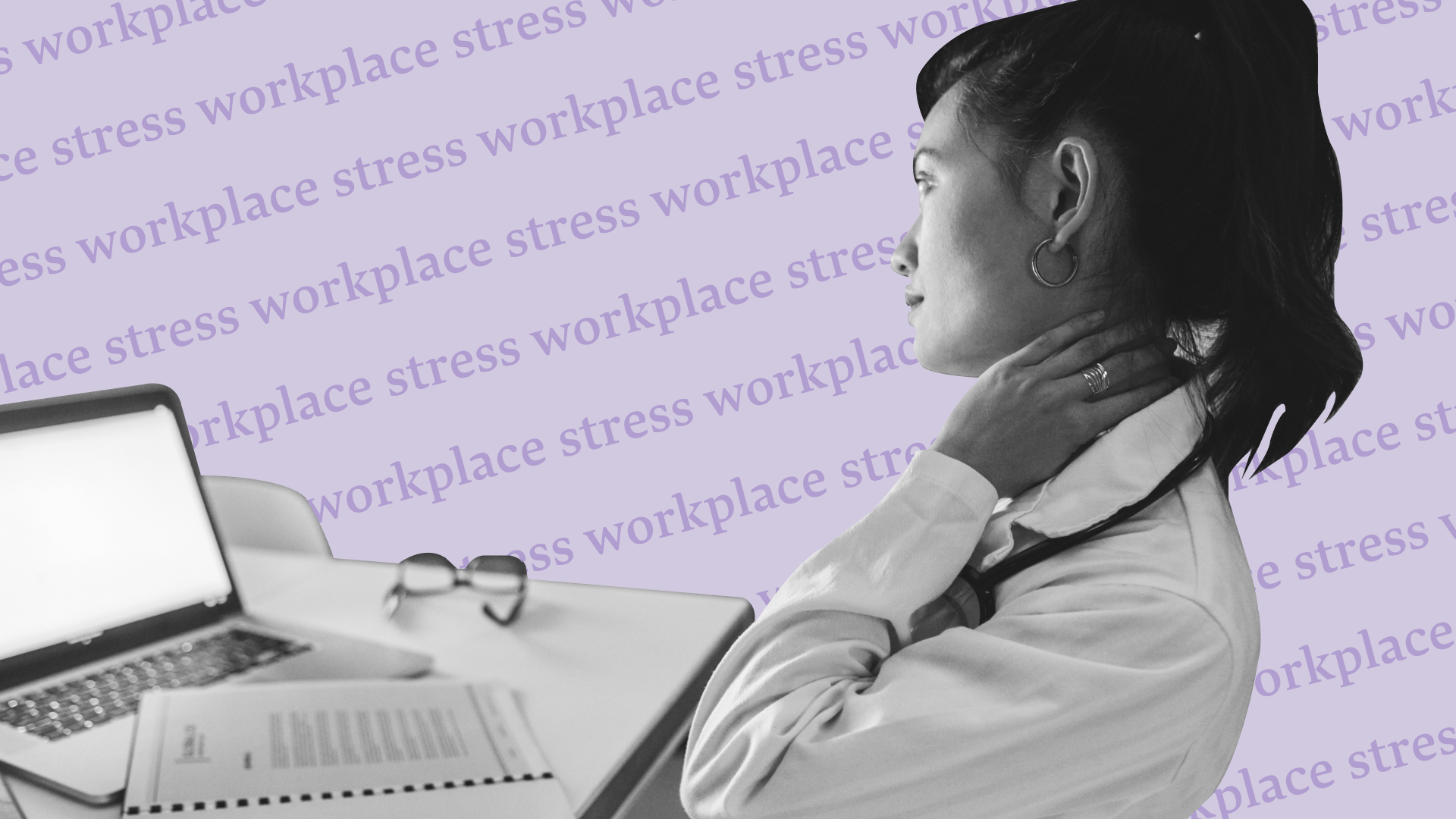What is a Work Style?
We all live a particular lifestyle, and no one is quite the same. It encompasses our decisions as consumers, our self-expression, our values, and our patterns of behavior. Do you cook or go out? Dress for utility or style? Prioritize family or career?
Similarly, everyone has a work style that is an amalgamation of our preferred manners of thinking and analyzing, speaking and collaborating, or focusing and prioritizing. After our first couple years of professional work experience, we usually gain a pretty acute understanding of our internal behaviors. Whether we prefer deep work or multitasking, what we’d rather work on first, and whether we value methodical planning as opposed to immediate action.
Where work style awareness is most crucially important, and most difficult, is in our preferred way of relating to others. Like lifestyle, our collaborative work style can be defined as a long term pattern of interpersonal behaviors. More specifically, it relates to how we seek to influence and collaborate with others.
How Work Styles can be Different
Pattern of thinking and decision-making
Do you think before you speak? Look before you leap? Or are you the type that needs to roll up their sleeves and dig in before the meaningful thinking really starts. How much information do you need before you stop planning and start doing?
Thinking-prone individuals will tend to gather every possible piece of information and analyze the way these parts fit together before they get to work. Even after all the pieces are in place, they might begin yet another planning phase concerning where to begin! One of this type’s weaknesses can be a tendency of perfectionism, which in excess can stall a project. Their strength, of course, lies in working most methodically and efficiently once they finally get started.
Action-prone workers want to get started as soon as possible, even before all the details are identified and their relationships to each other analyzed. They tend to have less fear of failure and a greater penchant for abstract thinking — knowing that there are data points to gather and obstacles to encounter that may not be foreseeable. Their weaknesses might include inefficiency and wasted effort, but a key strength is a greater opportunity for innovation.
Of course, each individual’s proclivities lie along a huge spectrum of behavior, with exceptions to every rule. For those familiar with Myers-Briggs personality types, the ISTP is the most thinking-prone type and the ENFJ is the most action-prone type when it comes to group dynamics.
Use of time, and pacing of work
When it comes to cranking out work, some individual contributors prefer head down, earbuds in, and Slack notifications muted. Distractions knock them off track, and it takes tremendous effort to harness their focus.
Others thrive on distraction, and may actually be more productive constantly oscillating between applications or rapid cycling between oral and written communication. Both of these types might separately have a preference for long periods of work or operate better more stop-and-start.
Some prefer breaks, while others would rather finish and go home earlier.
Further still, consider the tortoise and the hare. You might prefer to work steadily, making slow and measured progress. Others might do zero work for periods of time followed by bouts of incredible productivity. Without question, the industrial economy favored the slow and steady. The knowledge economy of the present, however, affords equal value to less predictable work styles that can produce high levels of creativity and innovation.
Communication style
Oversimplified, this spectrum ranges from speakers to listeners. This is the work style dynamic where flexing on behalf of individuals is crucial to group success. People tend to regard speaking-prone individuals as more creative and productive but this is often not the case. Listening-prone workers tend to be more selective about what ideas they put forward, and can be incredible synthesizers of information that tie the whole effort together.
Groups need both types, and all communication styles in between, in order to be successful.
The preferred medium of communication is also incredibly important, as far as favoring the spoken or written word when it comes to collaboration. Different projects might be better suited to one or the other, or constituent parts of the same project. Consider whether a meeting or email exchange might be more productive, or something in between like chat. Maybe instead of an hour-long meeting, schedule a half-hour for individual brainstorming and a 2nd half-hour for group sharing of those ideas.
Harkening back to Myers-Briggs, E’s and J’s will tend to be more active communicators and prefer speaking whereas I’s and P’s might do better with written communication and be strong listeners and information synthesizers.
Handling of emotions and stress
We all handle stress differently. Do we shut down, flare-up, or burn out? The two primary sources of stress in the workplace are work volume and working relationships.
There’s really only one solution to too much or too little work on your plate, and that’s to talk to your manager. Try to come into the conversation with specific examples, and an explanation of why a change would make you a better worker. Make suggestions and solicit ideas.
Working relationships are a huge part of what makes us excited to come into work. They might also be what we dread the most. Even if workflow is the primary stressor, businesses with a culture of camaraderie and support propel employees through these challenges and more effectively maintain good morale. In fact, nothing fosters belonging more than uniting to solve a problem.
When working relationships suffer, it ultimately all comes back to emotion. Not that there’s anything wrong with emotions — they’re what make us human! It’s when emotions stand in the way of our work that they become problematic. These can take the form of unproductive outbursts, tornados of negativity, or employees shutting down and disengaging.
If you take note of these behaviors and you’re in a position to coach someone as a peer or manager, take the opportunity! Take time to recognize that person’s preferred communication style, such as whether you should reach out in a formal email or passing conversation. When meeting, regardless of workstyle try to listen at least as much as you talk. A great phrase to use in coaching sessions is that employees should maintain a “solution-oriented” mindset.
Two Ways to Flex Your Work Style
The most successful people in the world use their emotional intelligence to notice the emotions of others and adjust their communication style to more effectively receive and convey information. The two primary axes of flexing are assertiveness and responsiveness.
Assertiveness
Assertive individuals might be more quick to speak, answer questions immediately, interrupt, make statements before they ask questions of others. They’re more likely to imbue their ideas with authorial voice, embellish with commentary, and solicit emotional responses in others through comparison and metaphor. Body language will tend to be more exaggerated, such as a propensity to lean forward and gesture freely.
In comparison, less assertive people will tend to ask questions before making judgments or putting forward their ideas. They’ll speak more slowly and be more prone to pause. These pauses will be most effectively used to carefully consider their next statement and offer others a moment to digest what they’ve just said. Body language is more likely to be receptive and muted and might include leaning back with more still and receptive movements.
There is no hard-and-fast rule for flexing, some people will want to be mirrored in their level of assertiveness and others will prefer engaging with the opposite type. Give it some serious thought based on your past experience, and don’t hesitate to make modifications in pursuit of communication success! If you’re dealing with a less assertive person or people, try to:
Solicit opinions from everyone to make sure their voice is heard
Listen more responsively (but don’t interrupt!)
Offer encouraging comments
If they’re more assertive:
Be direct
Lay out the structure of the conversation right away (you speak first, then I’ll respond)
Ask if they prefer to be interrupted and challenged, or to say their piece
Take notes as a form of responding
Responsiveness
The 2nd axis of work style flexing deals with responsiveness, in this context meaning a preference for working with tasks or people.
Task-oriented individuals value certainty. They will be much happier working with facts (concrete) as opposed to ideas (abstract). As far as emotion, a narrower range of feelings will be expressed because they don’t find feelings to be reliable and definable data points. Internally, however, their feelings might be as strong or stronger than people-oriented types.
People-oriented individuals might generally be more social, but that’s an oversimplification. As far as their own mental behaviors, they have a preference for dwelling in a world of possibility and might be bored by facts. They’ll demonstrate a passion for customer or employee experience and be empathetic by nature. Lines of thinking and speaking might be more exploratory and nonlinear.
Don’t make the mistake of assuming that people-oriented folks are more prone to be assertive, or task-oriented people more prone to be passive. Consider the ENFP and ISTJ respectively. If a colleague is more task-oriented, try:
Ask more questions and leave room for thinking
Impose more structure on your brainstorming, and discourage others from ‘thinking aloud’
Leave the meeting with a list of action items
If your teammate is more-people oriented, try:
Speak energetically and mirroring their enthusiasm for ideas
Encourage them to organize their thoughts ahead and come prepared
Build in extra time for thought experiments and spitballing
Working with Others
You can probably tell when the people around you have a different style, and recognizing that is a crucial component of your own professional success. Even harder can be taking an honest look at ourselves and our own work style, as well as its impact on others. Once you get really good, try to notice when others are flexing their work style to suit yours! Without a doubt, they will be thrilled you met them halfway.
Learn more with Justworks’ Resources
Scale your business and build your team — no matter which way it grows. Access the tools, perks, and resources to help you stay compliant and grow in all 50 states.









